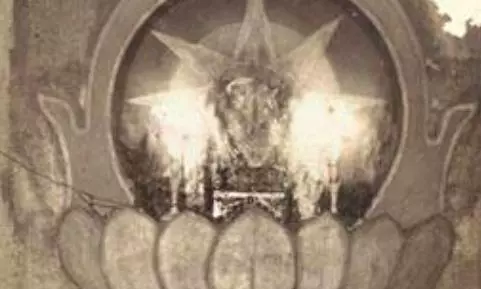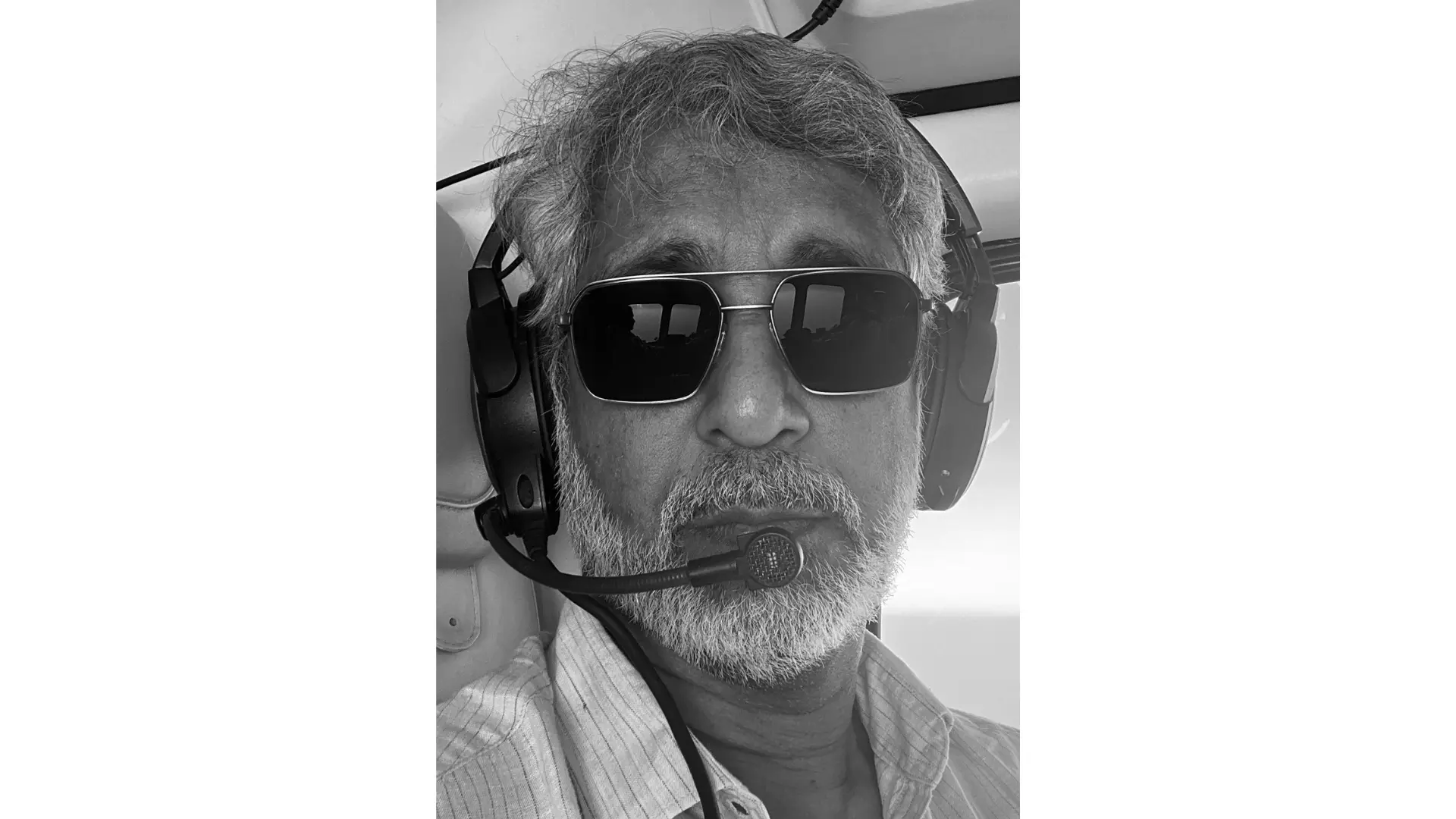No DJs, No Eardrum Busting Music
There Was a Time When Ganesha Came and Went Far More Quietly

Hyderabad: A talk on ‘Current problems in our political life’ by MLA Dadasaheb Rupavate.
A talk on ‘Important aspects of Astronomy’ by Prof KD Abhyankar of Osmania University.
A musical programme by "Mr Bheemsen Joshi" in Ravindra Bharathi.
Back in the 1970s, when DJs did not exist, and neither did the boisterous festivities. Such was the fare that was on offer to people who visited Ganesha mandapams in Hyderabad, with the Maharashtra Mandal at the forefront of organising the celebrations.
The community celebrations of Vinayaka Chavithi and the Ganesha nimajjanam are traffic stoppers today but the seeds for these celebrations were sown some 140 years ago. It was in 1885, just two years after Lokmanya Bal Gangadhar Tilak launched this movement in Mumbai in 1883 that Hyderabad saw its first Ganesha pandals come up.
According to the book ‘The Freedom Struggle in Hyderabad – Vol iii’, published in 1957, in 1885 one pandal was set up in Shalibanda by Shivaram Shastry Gore, and a second in Chaderghat by a group of students. Back then, just as Lokmanya Tilak sought to galvanise opinion through public celebration of the Ganesha festival, in Hyderabad too, the book says, “the starting of the Ganesh Utsav and the Arya Samaj Movement was a very good means of rousing public opinion in the State. Their importance in the evolution of public opinion in Hyderabad cannot be overemphasized. They provided virtually a training ground for workers in constructive action.”
It may have been just a one-foot-tall Ganesha idol that was installed at Khairatabad in 1954 which is dwarfed by the 70-feet idol this year, but this was a tradition with the Khairatabad Ganesha ever since 1954.
Hussainsagar and Tank Bund began gaining attention as the ideal place for idol immersion in the early 1970s with reports of idols being taken to the lake. An August 31, 1973, report in Deccan Chronicle lists how an idol installed at the Taj Mahal Hotel in Secunderabad was immersed in the lake on September 2 in the lake.
In the beginning, it was the Maharashtrian community and the Maharashtra Mandal that took the lead in the Ganesha festivities. By 1978, Andhra Pradesh was already ranked only next to Maharashtra to have the largest such celebrations. However, the fare on offer to the public was very different.
A dive into Deccan Chronicle archives showed a report on August 27, 1971, that the Mandal, along with a few others, had chalked out elaborate programmes that included talks on topics including ‘Current problems in our political life’, and ‘Important aspects of Astronomy’, readings from popular Marathi plays, and so on.
The Health League, Sultan Bazaar, the same year organised a talk by V.V. Bokil, a humorist on ‘Preparation for Writing’, while Dattaprasanna Katdare, the editor of ‘Vasant’, was scheduled to speak on ‘Literature and Life.’
There was a time when a 10-feet or a 15-feet-tall Ganesha idol was described as the ‘biggest’, but these sizes are now commonplace. On September 6, 1978, another excerpt from the Deccan Chronicle archives shows how “brisk preparations are being made all over the city to celebrate Ganesh Jayanthi in a traditional and colourful manner,”, and how “cartloads of Ganesh idols were arriving at important centres and market places,” with the then Chief Minister Dr M. Chenna Reddy scheduled to attend the festivities at a “number of places.”
By 1980, there were already “more than 400 Ganesh mandals” celebrating the festival in different parts of the city with “Burrakathas, Harikathas, cultural programmes, discourses by eminent men on Ganesha and spiritual and political aspects of the festival” forming part of the nine-day celebrations.
That year, as DC reported on September 18, the city saw its biggest Ganesh statue made by two brothers in Dhoolpet – Eshwar Singh Hazari, and Guru Singh – standing a grand 19 feet tall with its width measured at 14 feet, which was installed at ‘Triangular Garden opposite YMCA in Secunderabad’ by Adarsh Lorry Owners Cooperative Society.
There was no looking back from the 1980s with the Ganesh Navaratris and the festivities ending with the immersion in Hussainsagar turning today into a city-wide long ten-day celebration.

